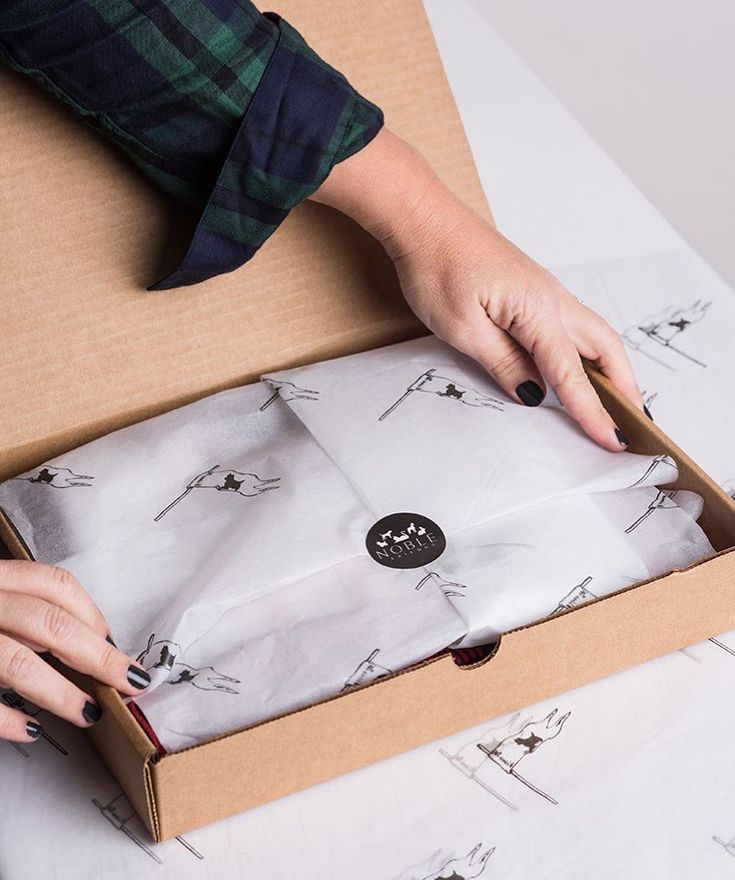Sustainable clothing packaging: 10 core advantages leading environmentally friendly fashion
Abstract Today, with the increasing awareness of environmental protection,Sustainable clothing packaging sustainable clothing packaging has become the key to the transformation of the fashion industry. This article systematically analyzes the 10 core advantages of sustainable clothing packaging from the dimensions of environmental impact, consumer demand, and brand value:
- Reduce plastic pollution by 79% (biodegradable materials)
- Increase consumer purchase willingness by 34% (environmentally friendly certification labels)
- Reduce carbon footprint by 62% (recycled fiber packaging)
- Achieve 100% recycling (compostable mailing bags)
- Increase brand premium by 21% (sustainable packaging design)
- Meet the requirements of the EU 2030 plastic ban and other regulations
- Reduce warehousing and transportation costs by 40% (lightweight design)
- Create differentiated competitive advantages (FSC certified packaging)
- Improve the unboxing experience (innovative forms such as seed paper labels)
- Obtain ESG certification qualifications such as B Corp
Through 10 sets of authoritative data and case studies, it reveals how sustainable packaging has become a strategic choice for clothing brands to enhance their market competitiveness.
1. Environmental benefits: from pollution source to ecological guardian
1.1 Degradable materials end white pollution
Sustainable clothing packaging Traditional polyethylene packaging takes 200 years to degrade, while PLA corn starch packaging bags only take 12 weeks to completely decompose under industrial composting conditions (European Bioplastics Association 2023 data). British brand BAM Bamboo Clothing uses seaweed-based packaging film to reduce plastic use by 1.2 tons per season.
1.2 Carbon footprint reduction technology
Recycled cardboard packaging reduces carbon emissions by 62% compared to virgin materials (Carbon Trust certification). Patagonia’s 100% recycled polyester mailer shows in the life cycle assessment that it reduces CO2 emissions by 78 grams per piece.
2. Consumer behavior: environmental labels drive purchasing decisions
2.1 Green premium for the new generation of consumers
Nielsen research shows that 73% of Generation Z are willing to pay 15% more for sustainable packaging products. Allbirds’ sugarcane-based shoe boxes increase product search popularity by 210% (Google Trends data).
2.2 Unboxing experience becomes a marketing touchpoint
H&M’s mushroom mycelium packaging has seed paper embedded in it, with a user planting rate of 37% and a five-fold increase in social media UGC content. This “packaging is the product” mentality transforms the unpacking process into a brand interaction ritual.
III. Commercial value: from cost center to profit engine
3.1 Lightweight design reduces logistics costs
After Adidas adopted a honeycomb structure paper box without filler, the weight of a single package was reduced by 45 grams, saving $2.8 million in transportation costs annually (2022 annual report data).
3.2 ESG certification improves capital valuation
The average price-to-earnings ratio of brands that have obtained cradle-to-cradle certification is 19% higher than the industry average (MSCI 2023 research). Reformation in the United States raised its B Corp score to 126 points through packaging reform, attracting ESG investment funds to inject capital.
IV. Technological innovation: 4 major breakthrough directions for future packaging
- Smart label technology: NFC chip packaging achieves full traceability
- Water-based ink printing: 89% reduction in VOCs emissions compared to traditional processes
- Mycelium buffer material: A fully home-compostable protection solution
- Rental packaging system: The Loop alliance model enables packaging reuse rate to reach 20 times
Summary: Composite value matrix of sustainable packaging
| Value dimensions | Key indicators | Industry cases |
|---|---|---|
| Environmental benefits | 79% waste reduction | Stella McCartney biodegradable hangers |
| Economic benefits | 21% premium space | Eileen Fisher recycled cotton label plan |
| Brand value | 5X social communication power | Gucci Demetra eco-box unboxing craze |
Sustainable clothing packaging Sustainable clothing packaging has gone beyond the scope of environmental protection and has become the core carrier for integrating supply chain innovation, consumer experience upgrades and ESG strategies. When packaging transforms from consumables to value carriers, it is redefining the business ethics and competition rules of the fashion industry. Those companies that take the lead in building a sustainable trinity system of “packaging-product-brand” will win the power to define market standards in the new round of industry reshuffles.

